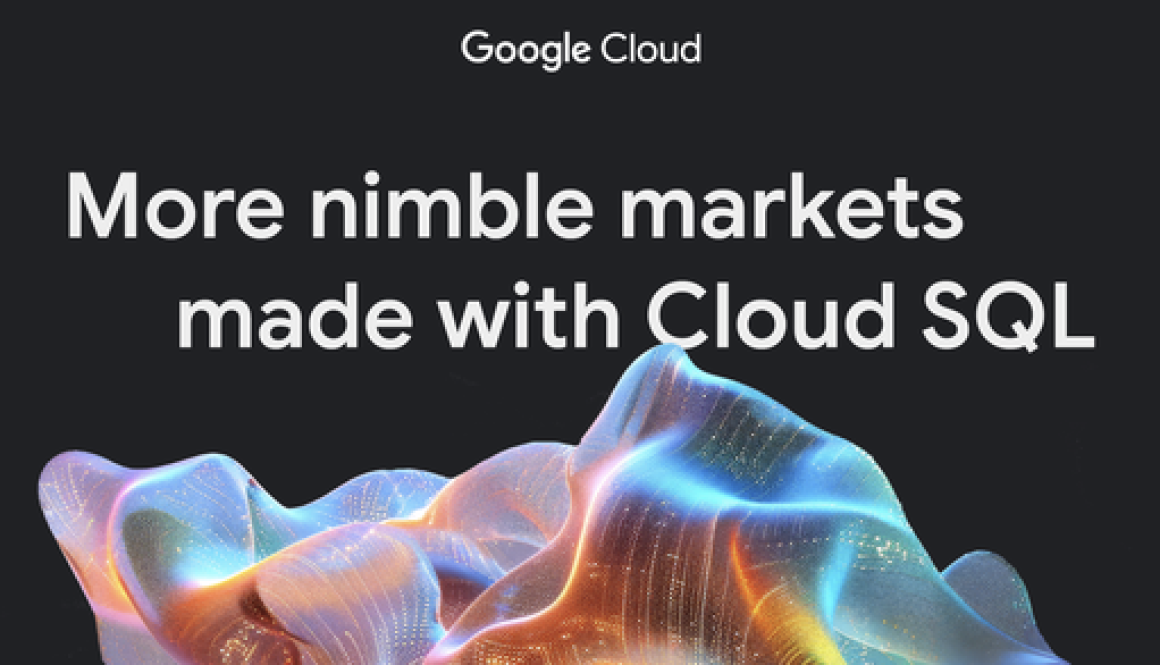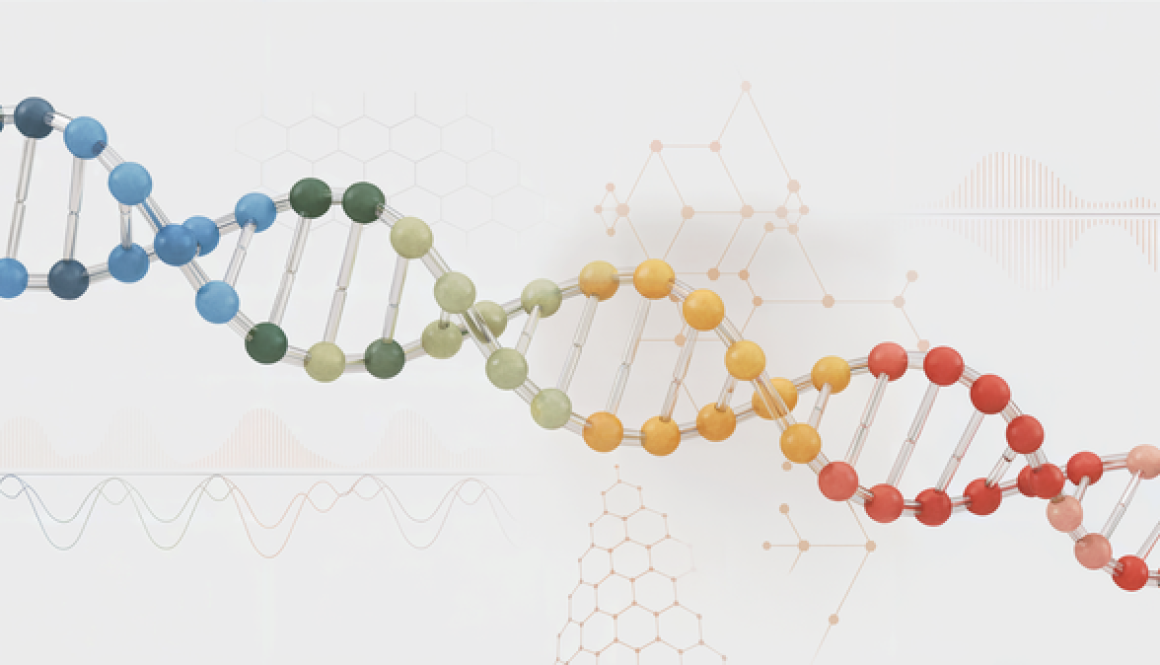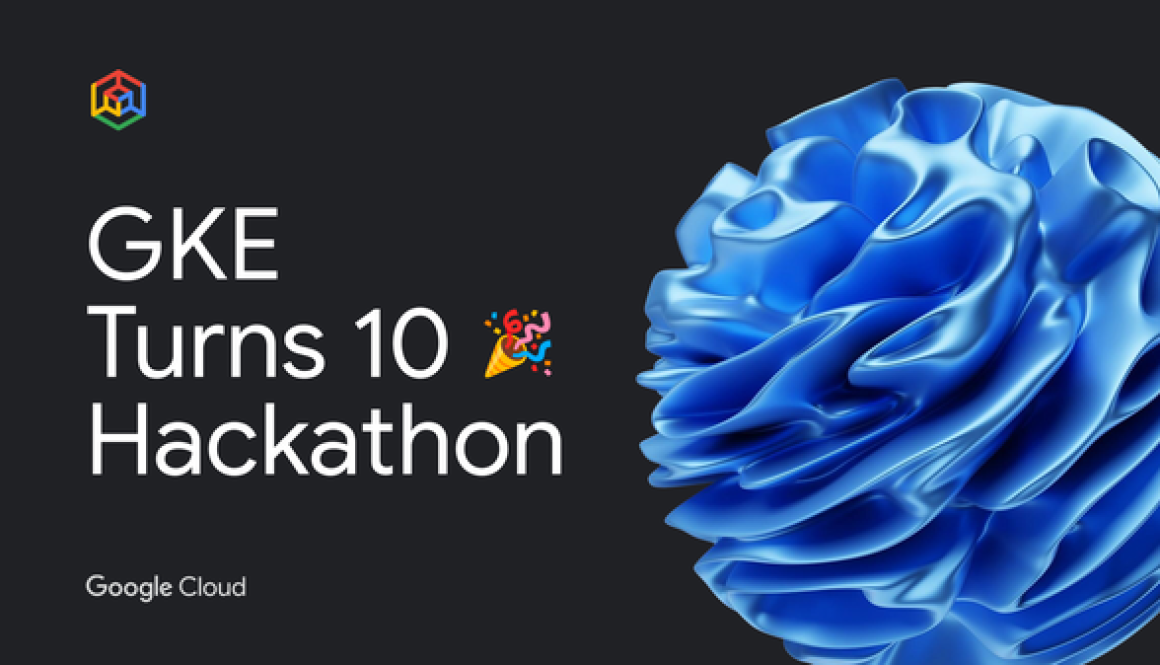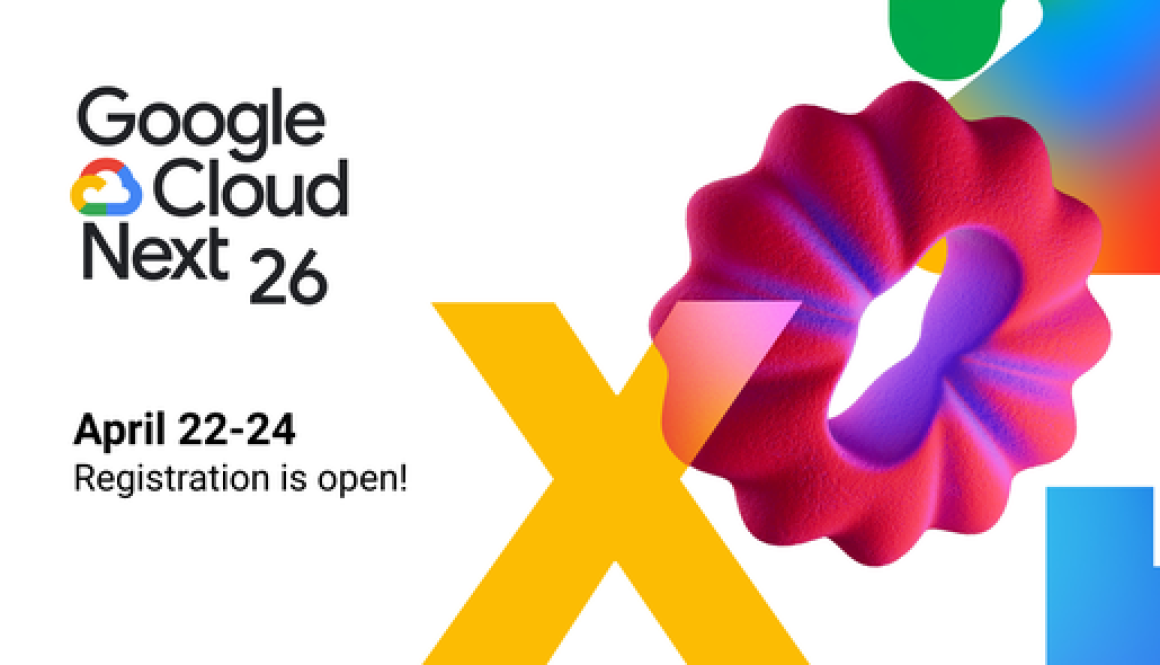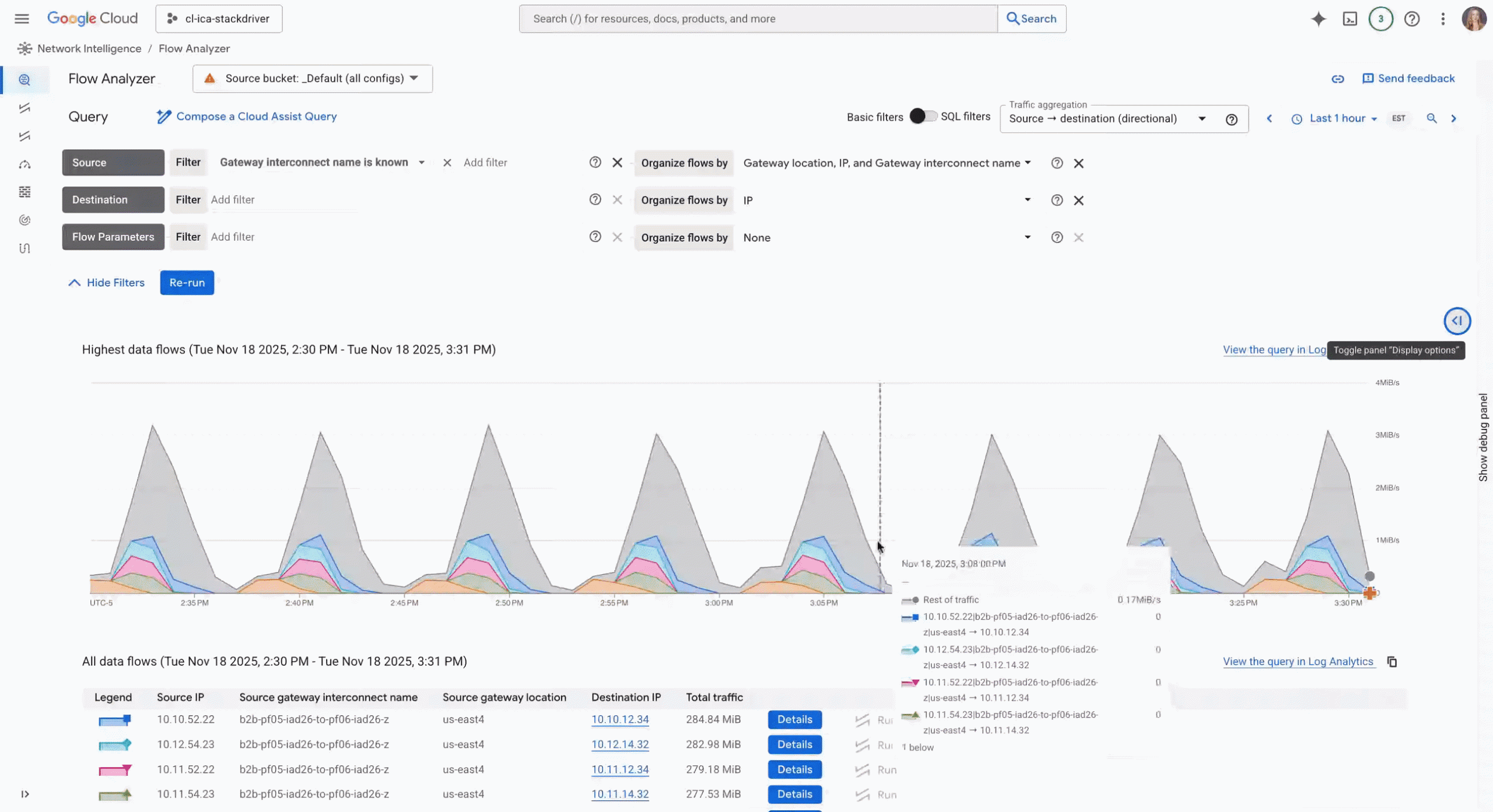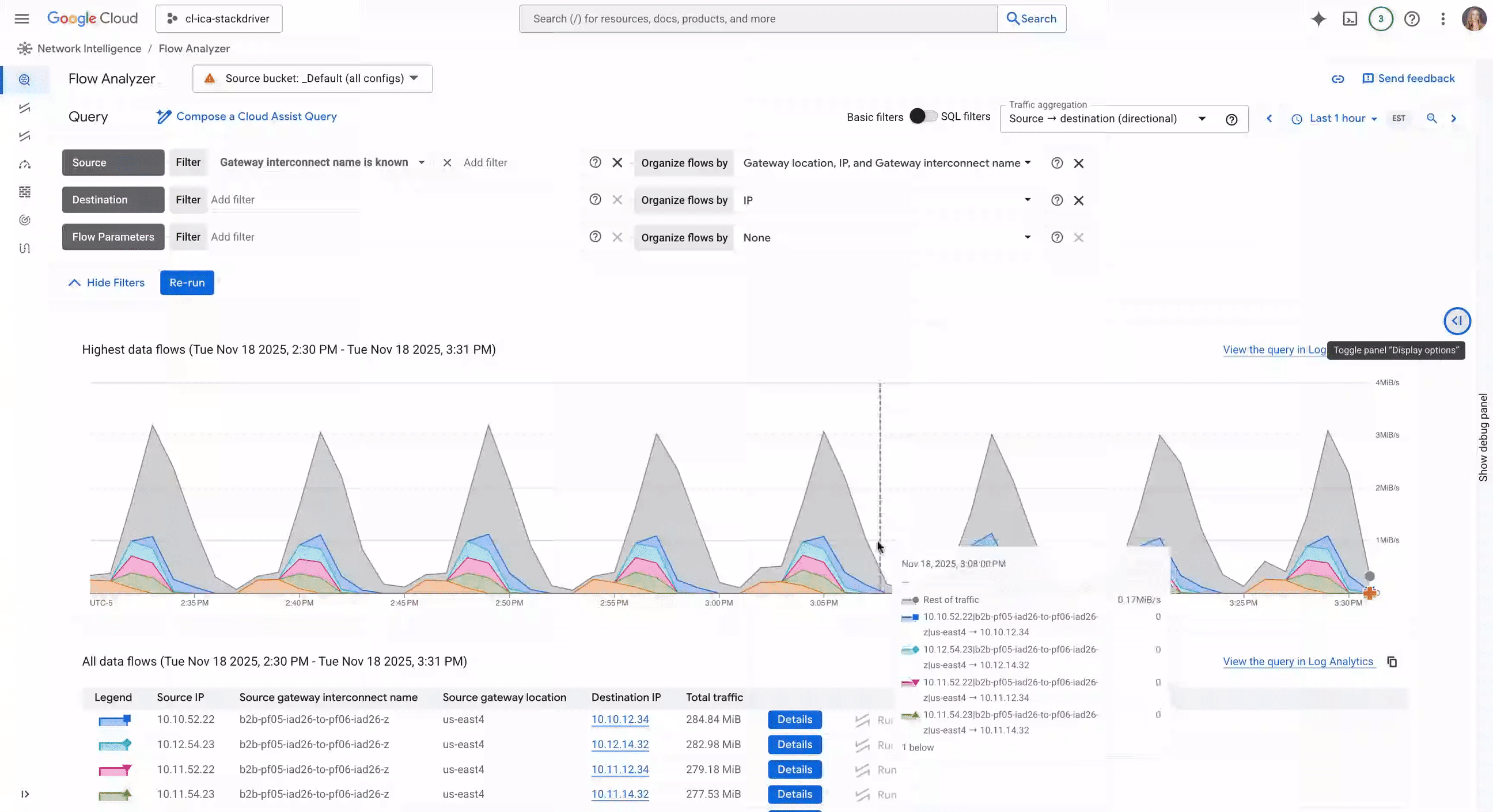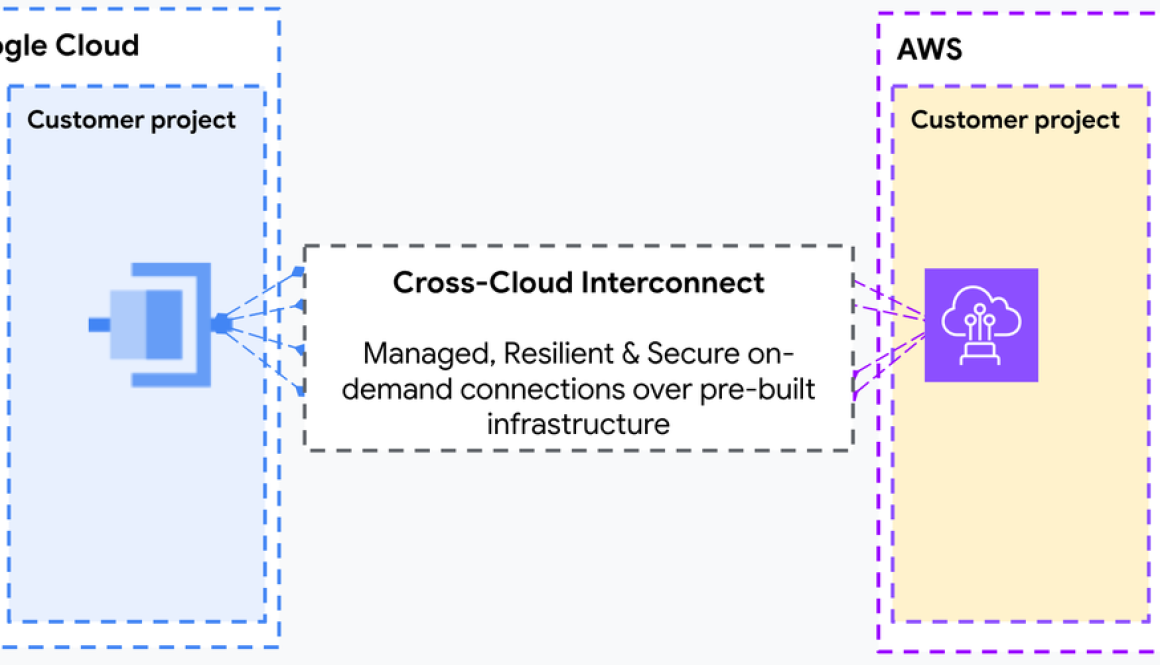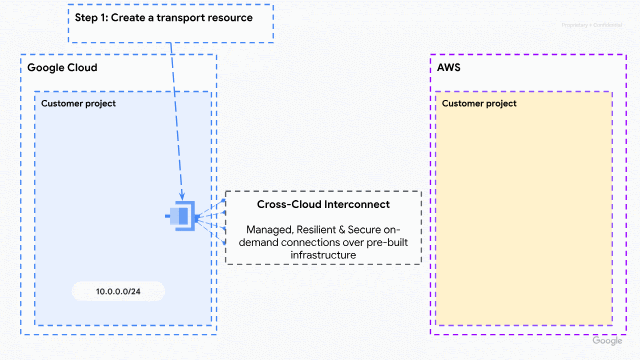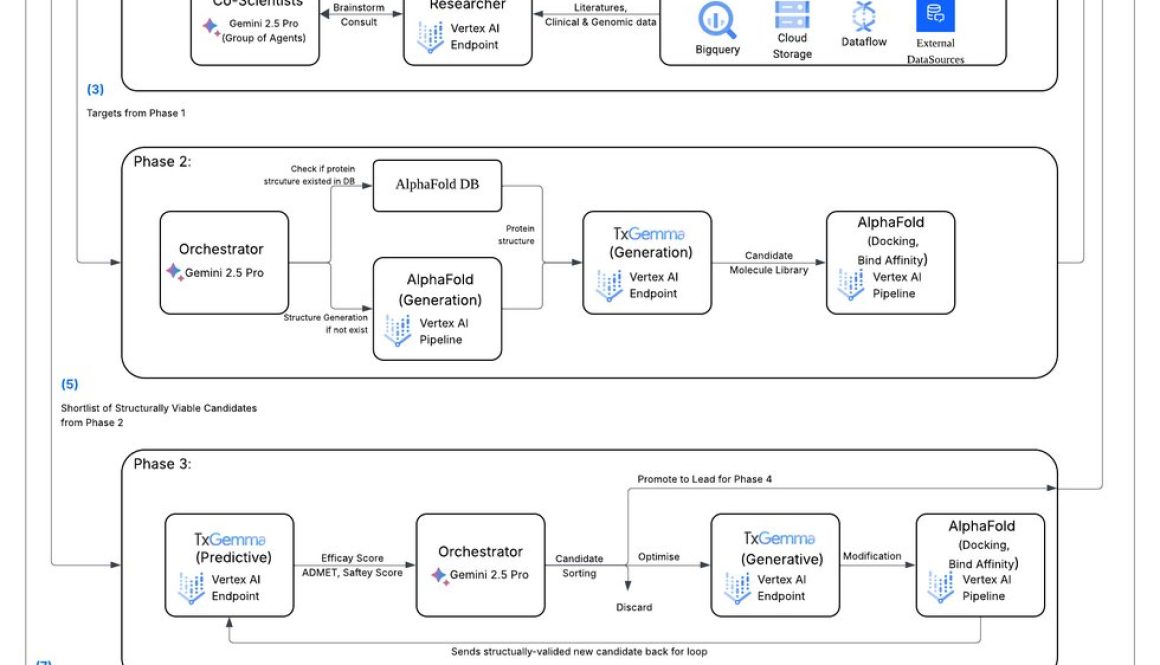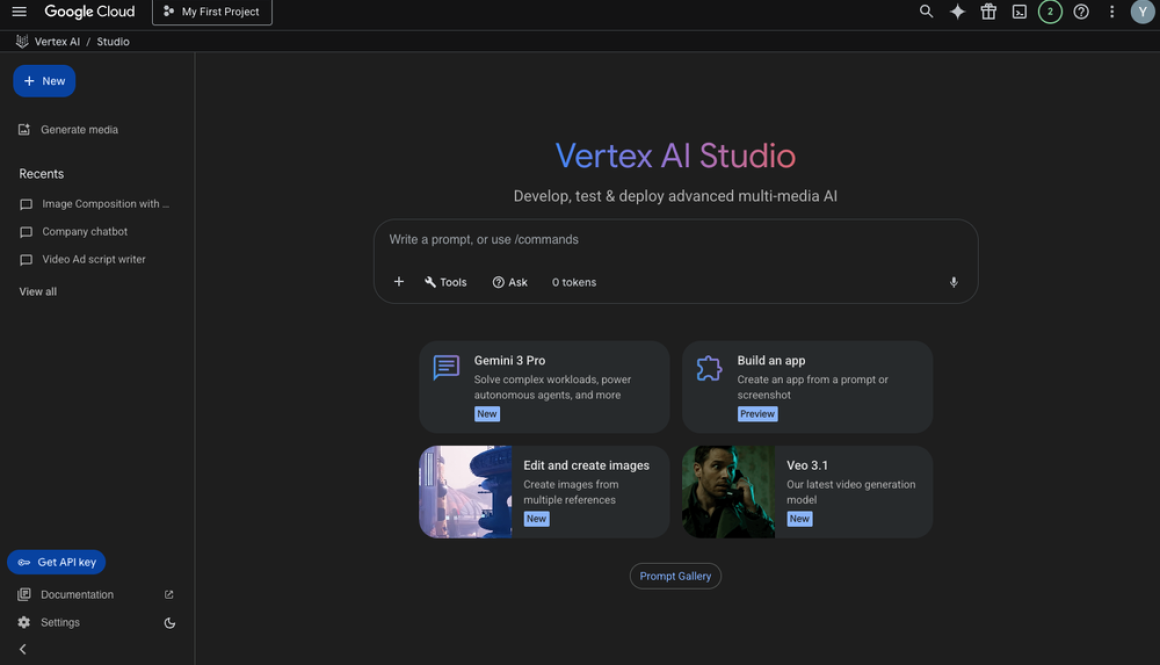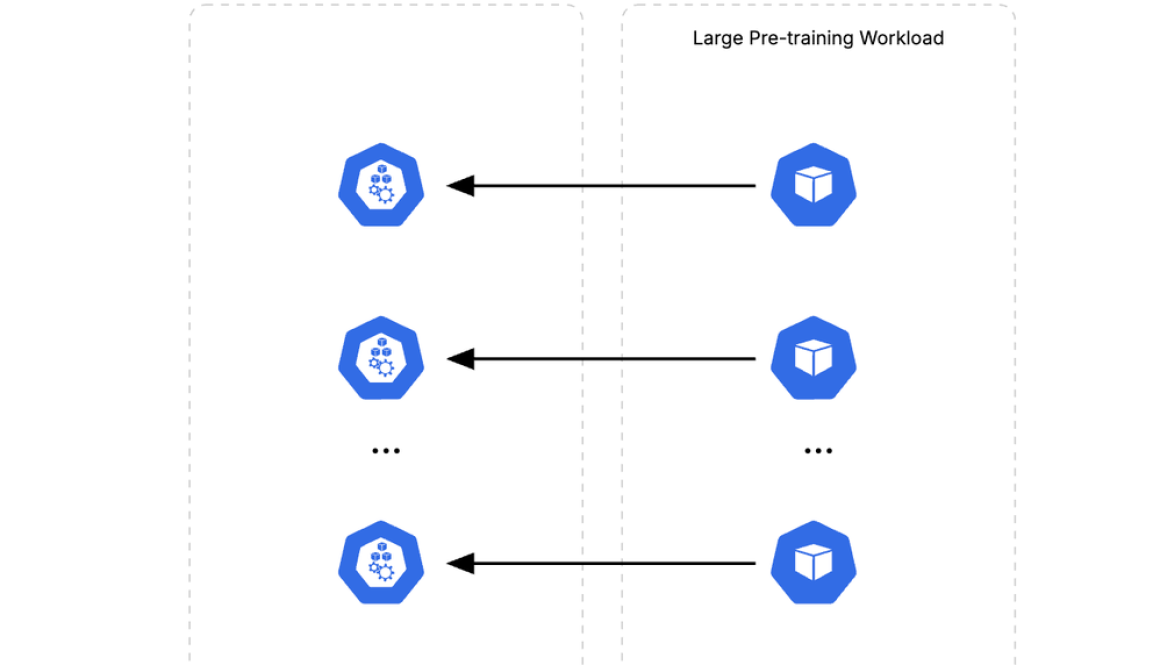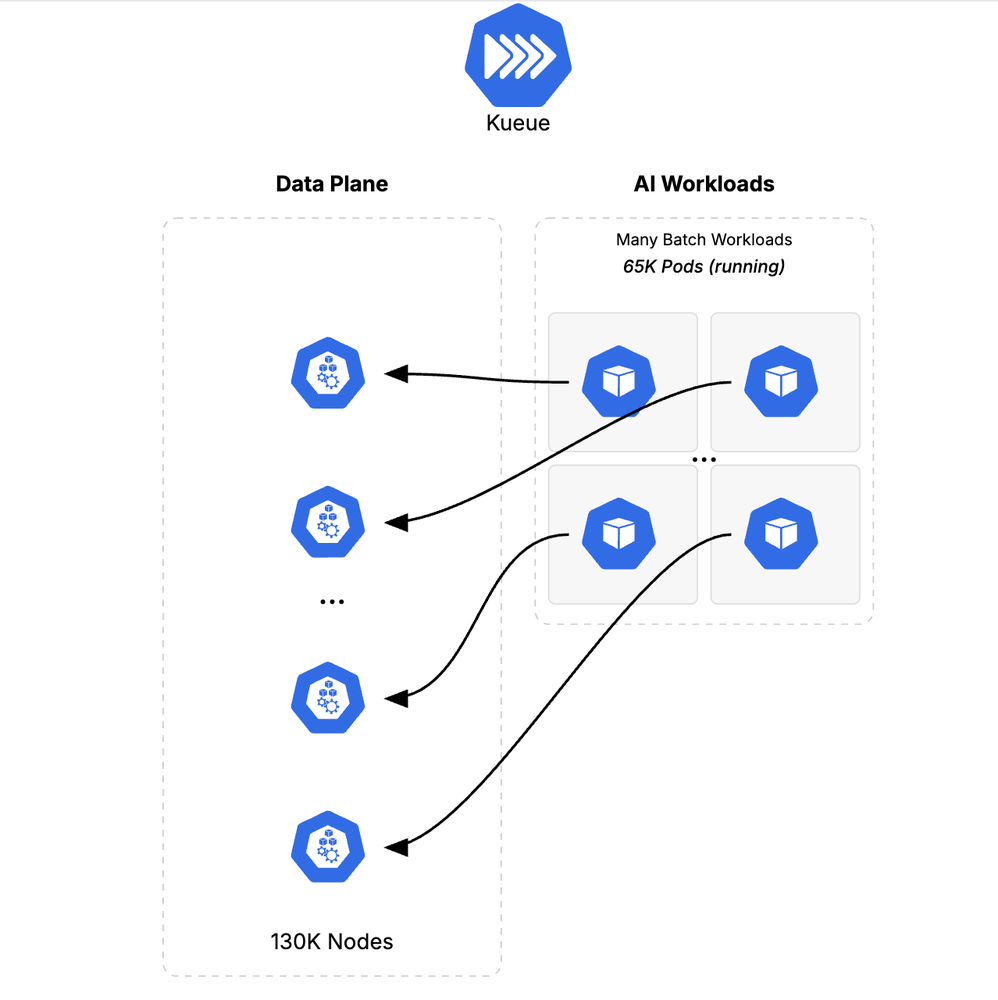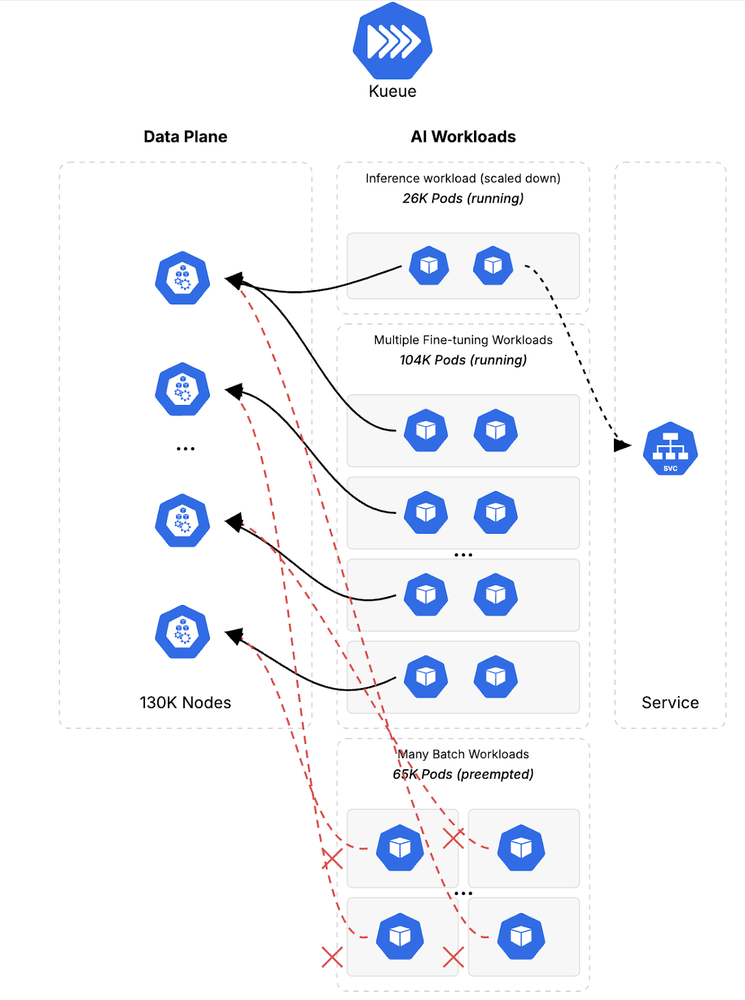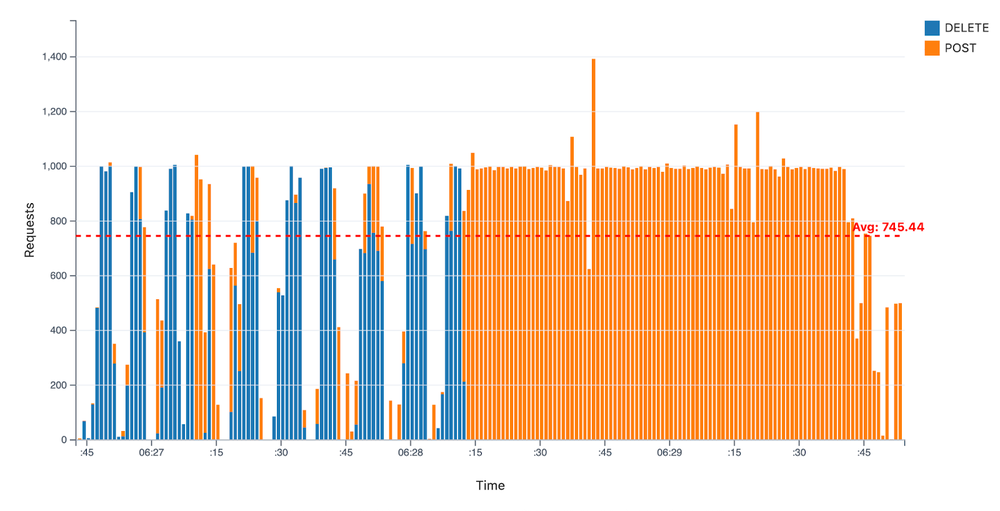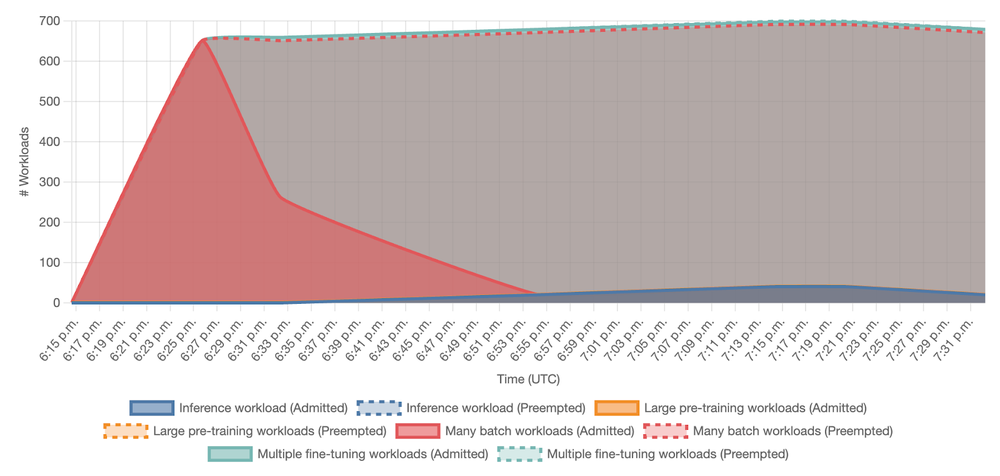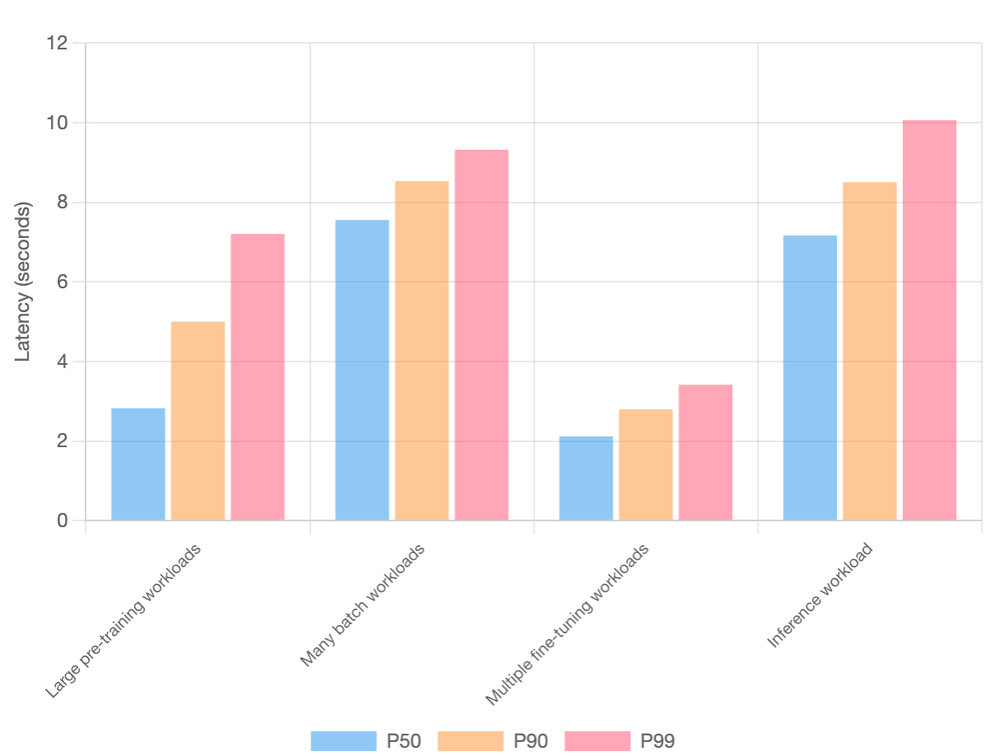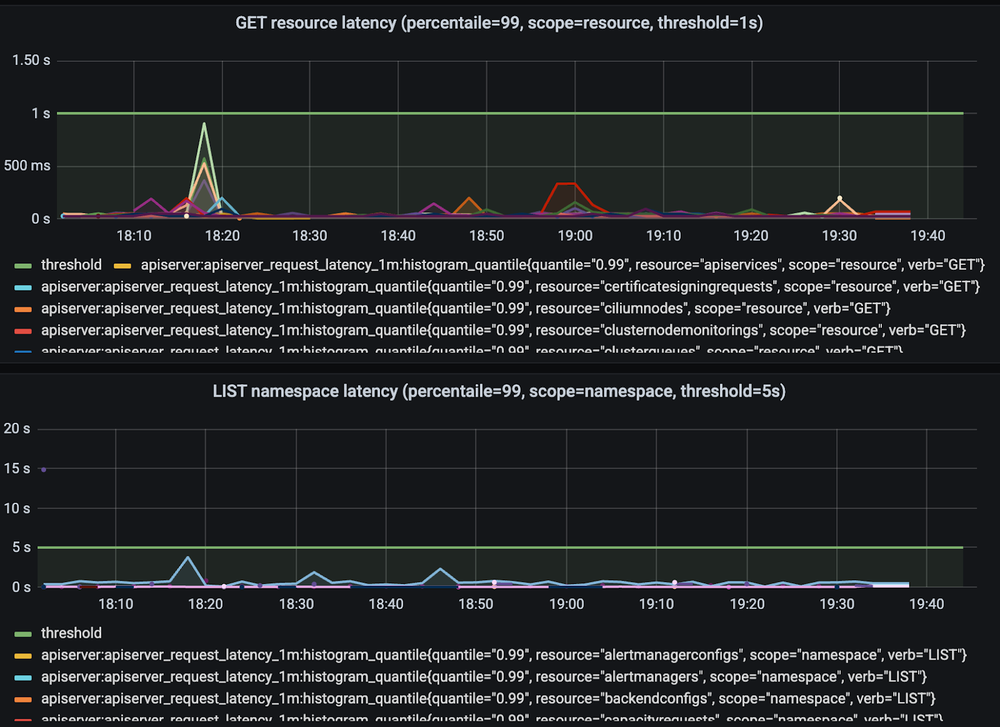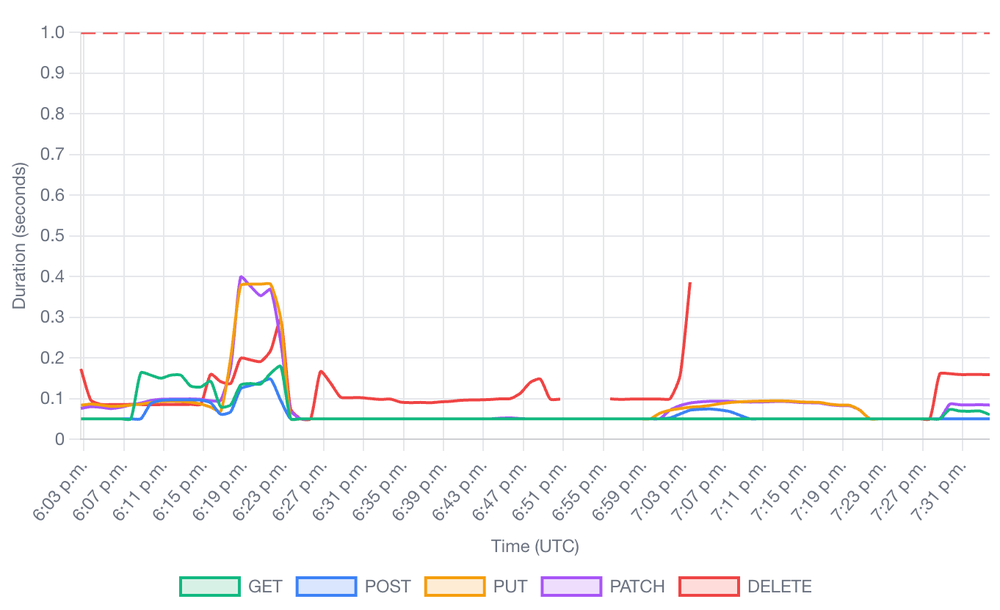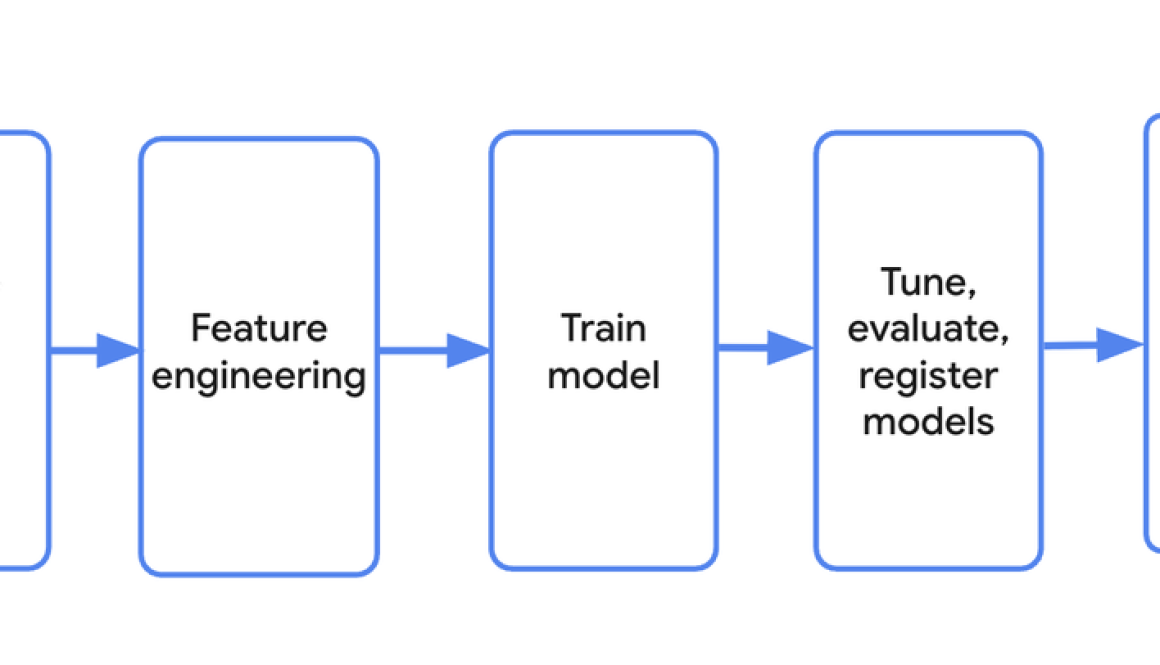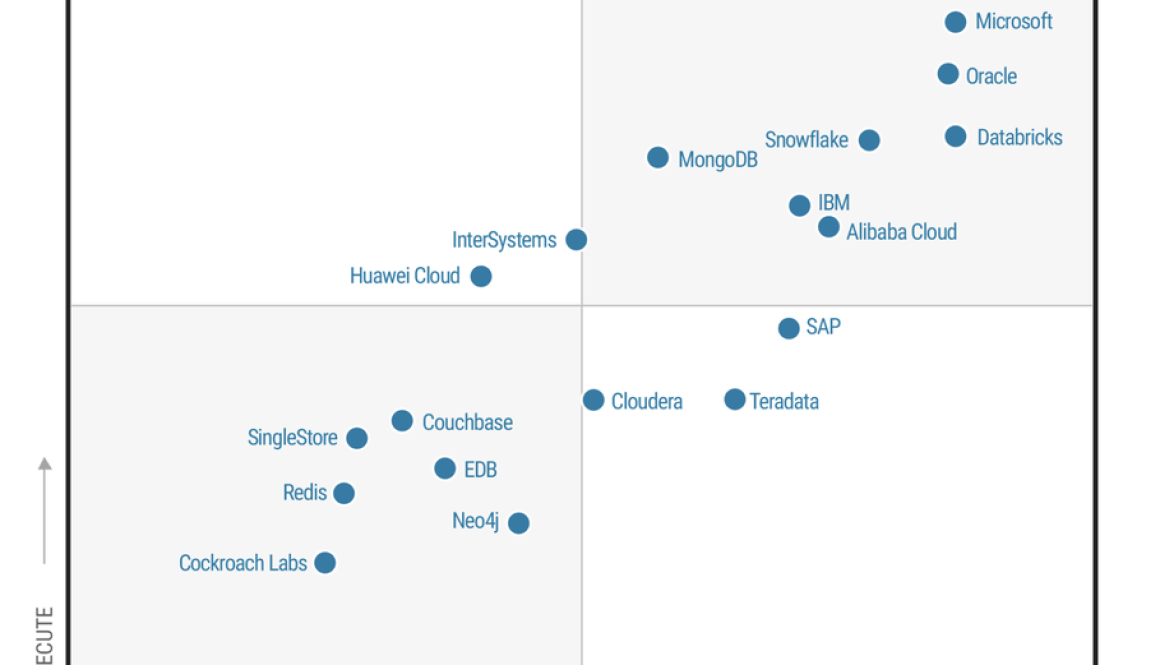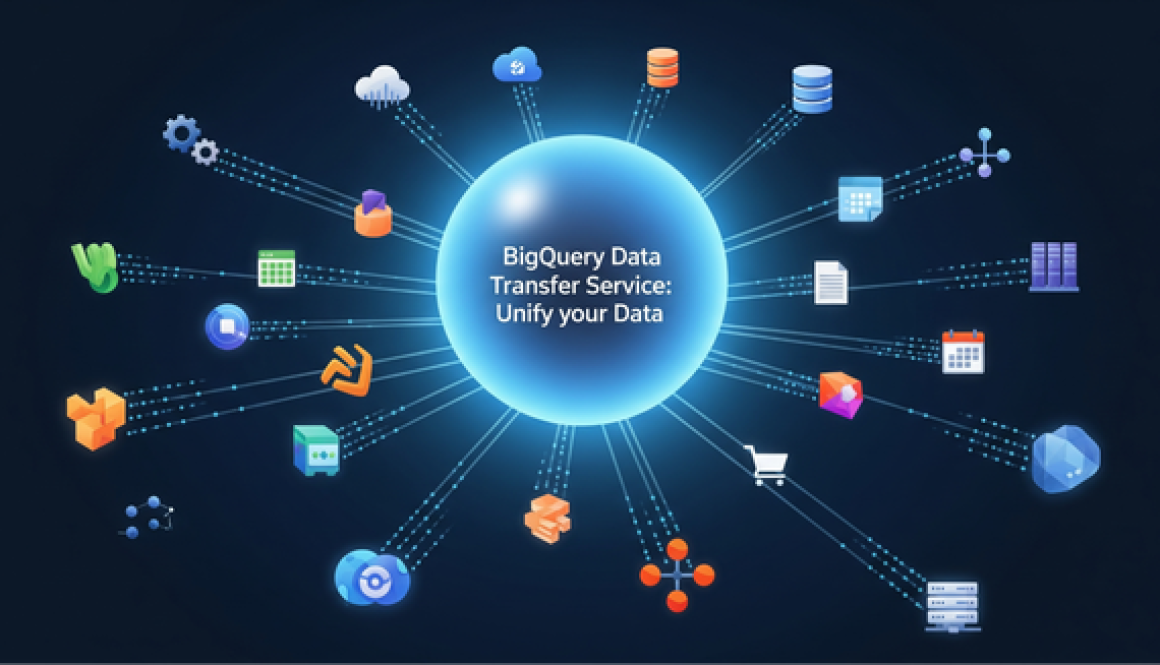GCP – How CME Group builds a faster, smarter exchange on Cloud SQL
Editor’s note: The Chicago Mercantile Exchange (CME Group) has evolved from a nineteenth-century commodities exchange into one of the most advanced financial market infrastructures in the world. To support real-time trading and risk management at a global scale, the company launched a strategic partnership with Google Cloud. By migrating to Cloud SQL and adopting AI-powered insights, CME Group empowered developers, paid down technical debt, and unlocked new opportunities for data-driven innovation across financial markets.
From butter and eggs to bandwidth
CME Group is where risk meets opportunity. Every transaction that happens in our exchange — every order placed, trade executed, or risk calculated — relies on data moving flawlessly and instantly. The integrity of our markets depends on it.
Behind each of those trades is a database storing valuations, ownership, and so much more information, all of which can shift from millisecond to millisecond throughout the day. At our scale, those databases have to store and retrieve that information under relentless demand. We’re processing millions of messages a day with no margin for latency or error. That level of precision doesn’t come easily, especially in a highly regulated industry where performance has to coexist with security and reporting. Every change we make must align with strict compliance standards and global regulatory frameworks.
Speed has always been our currency, but scale became a challenge. CME Group’s legacy database estate required significant engineering effort to maintain performance and meet regulatory demands. We needed to reduce operational overhead while improving our security posture. This required a managed database solution that offered transparent observability and clear compliance controls.
When Cloud SQL meets the trading floor
Our 10-year strategic partnership with Google Cloud aims to address this by migrating all our technology to the cloud, enabling us to innovate and collaborate on pushing the boundaries of what cloud infrastructure can support. Together, we’re experimenting with new ways to achieve ultra-low-latency performance in the cloud. As data volumes surge and AI becomes increasingly central to risk management, the ability to move and interpret information in milliseconds is a technical requirement. We’re building systems with Google Cloud that let us keep the market running, even as we lead it into the future.
With Cloud SQL, we’ve found a way to keep our data layer as fast and dependable as the markets we serve. Cloud SQL gives our teams real-time visibility into what’s happening inside the database. When an application slows, we can identify the root cause in minutes instead of hours. Those insights are built into the platform, which means we don’t need custom tooling or manual analysis to keep operations steady.
But for us, the value of Cloud SQL goes beyond performance tuning. It’s about confidence. Our database administrators can focus on strategic improvements, and our developers can validate and optimize queries without waiting for escalation. Taken together, we have faster troubleshooting and a data foundation ready for the always-on demands of global trading.
- aside_block
- <ListValue: [StructValue([(‘title’, ‘Build smarter with Google Cloud databases!’), (‘body’, <wagtail.rich_text.RichText object at 0x7efeae7312e0>), (‘btn_text’, ”), (‘href’, ”), (‘image’, None)])]>
Cloud SQL is our new favorite teammate
The more we use Cloud SQL, the more it feels like we’ve added a new member to the team. AI-assisted insights from Cloud SQL have changed how the CME Group team works. When an application slows, Cloud SQL tells us why. It surfaces anomalies, walks us through guided analysis, and even suggests query optimizations that restore performance in minutes. Developers can see those recommendations right in their workflows, test fixes, then move on. No waiting, no hand-offs, no firefights.
In other words, AI-assisted troubleshooting has made performance management into a shared responsibility. And because Cloud SQL delivers a consistent experience, our teams can move seamlessly between environments. There’s less training – and a lot more collaboration. The end result is a smarter, more unified data culture at CME Group.
Performance is our competitive advantage
The work we’re doing with Google Cloud is about more than modernization. Every improvement in speed, reliability, and visibility translates directly into business confidence. CME Group can now deploy new features faster while maintaining the continuity our clients depend on.
Cloud SQL has given us a foundation for that agility. Fewer performance issues mean more time focused on innovation: expanding our analytics capabilities, accelerating AI initiatives, and exploring new ways to commercialize data responsibly. When you stop chasing outages, it turns out you have more time to take bigger bets and build the future.
For us at CME Group, performance has always been the product. Now, it’s also the platform. We’re building the infrastructure with Google Cloud that keeps global markets moving and the intelligence that will shape what comes next.
Learn more:
-
Sign up for the new Cloud SQL free trial, a dedicated 30-day program designed to give both new and existing Google Cloud users hands-on access to premium, enterprise-grade features of Cloud SQL (PostgreSQL and MySQL).
-
Download this IDC report to learn how migrating to Cloud SQL can lower costs, boost agility, and speed up deployments.
- Learn how Ford and Yahoo gained high performance and cut costs by modernizing with Cloud SQL.
Read More for the details.

